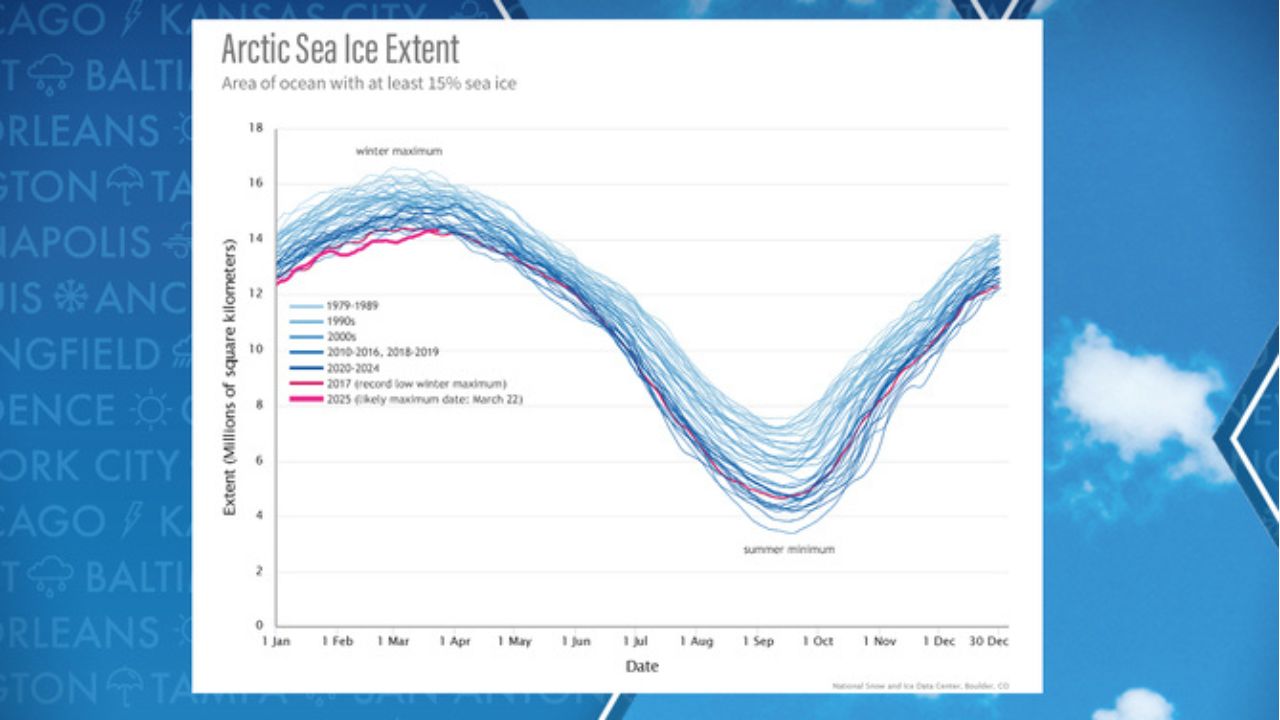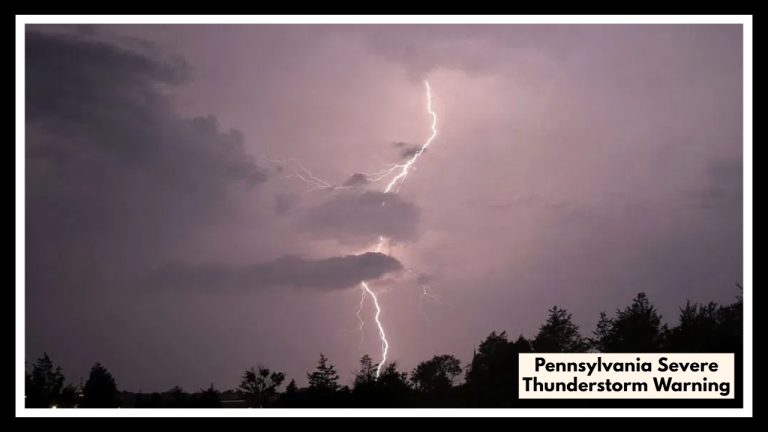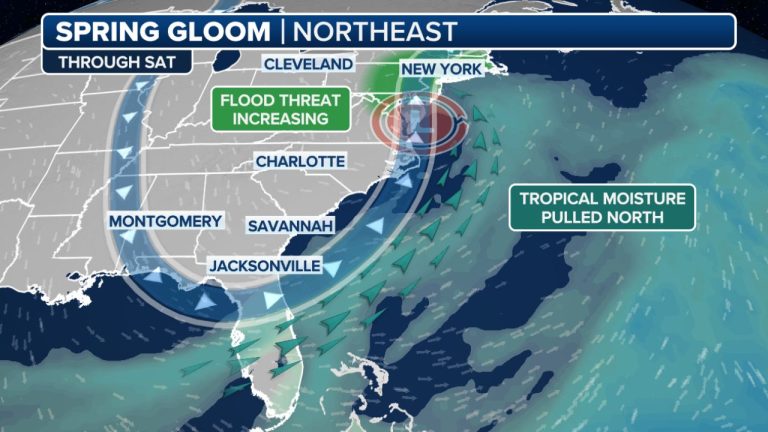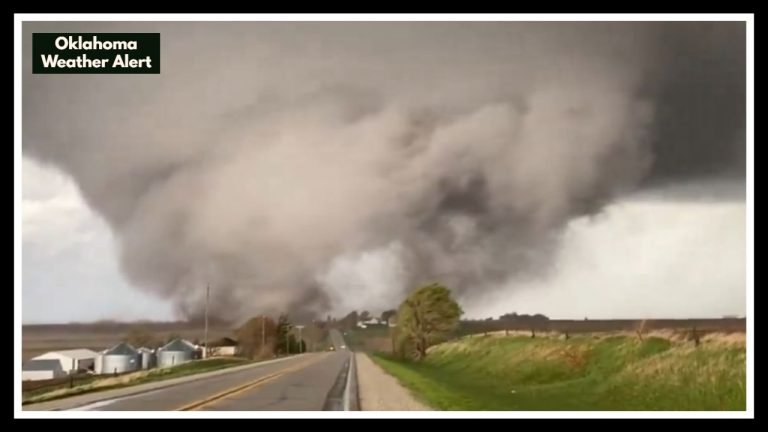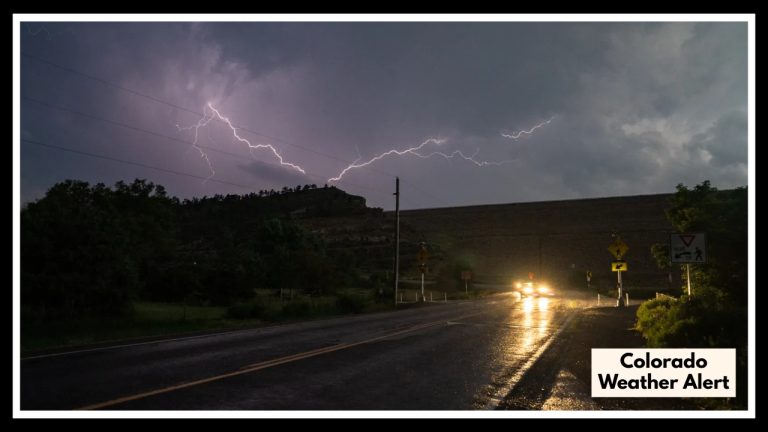Record-breakingly low winter ice cover in the Arctic
The National Snow and Ice Data Center released data showing that this season’s Arctic sea ice coverage was the lowest in the 47-year history of satellite observations.
With just 5.53 million square miles of sea ice, the winter peak is thought to have occurred on March 22. This was 10 days later than typical and below the long-term average, a shift that is probably due to climate change.
According to a statement from the NSIDC, “Since 2007, all ten of the smallest winter maximum extents in the satellite record have occurred.”
This year has now eclipsed previous low-ice years like 2015, 2016, 2017, and 2018.
Summer minimums have decreased by more than 12% since 1979, while winter maximums have decreased by around 2.5% per ten years, according to NSIDC statistics.
Sea ice at the North Pole usually decreases to 1 to 2 million square miles in the summer, about four times less than in the winter.
Sea ice specialists say that above-normal air temperatures of 2 to 4 degrees Fahrenheit probably contributed to the lack of development, particularly in areas like the Sea of Okhotsk and the Gulf of St. Lawrence, where ice coverage was much lower than usual.
Although the creation was not widespread enough to compensate for shortfalls observed elsewhere, satellites revealed that some regions of the Arctic were seeing more ice than usual.
Similar extremes were also seen at the South Pole, where Antarctic sea ice in 2025 was just 764,000 square miles, matching the lowest levels recorded in 2022 and 2024.
According to the NSIDC, the annual Antarctic sea ice minimum extent has been declining by 6,500 square kilometers (2,500 square miles) year on average during the satellite record. This is a 2.3 percent decline every decade compared to the average from 1981 to 2010.
NASA estimates that Antarctica loses over 150 billion tons of ice annually, with an additional 270 billion tons lost due to melting surrounding Greenland.
Recent research indicates that a lack of ice production may affect weather patterns in the United States and other countries, even though sea ice changes significantly affect ecosystems and shipping.
According to research published in the Journal of Climate, there is a clear chance that as ice cover declines, there will be fewer cold air intrusions in southern latitudes.
Walt Meier, an NSIDC scientist, said in a statement, “It’s not yet clear whether the Antarctic is in a passing phase that will revert to prior levels in the years to come or if the Southern Hemisphere has entered a new norm with perennially low ice.”

